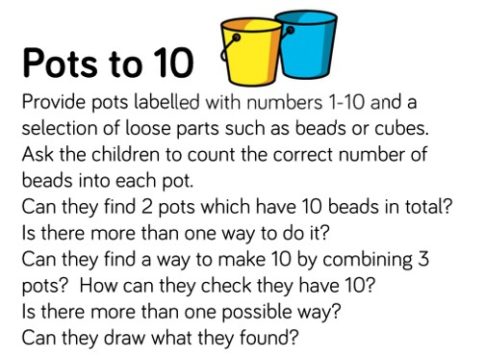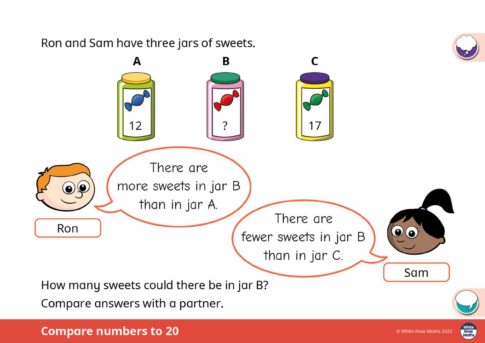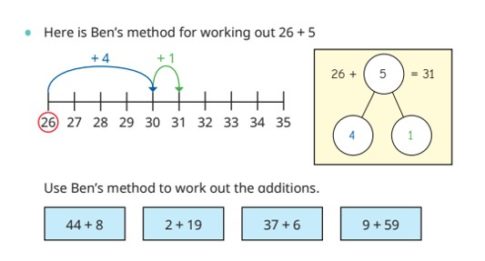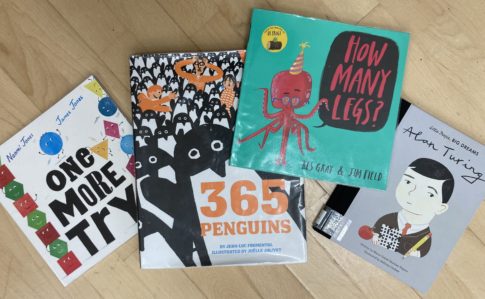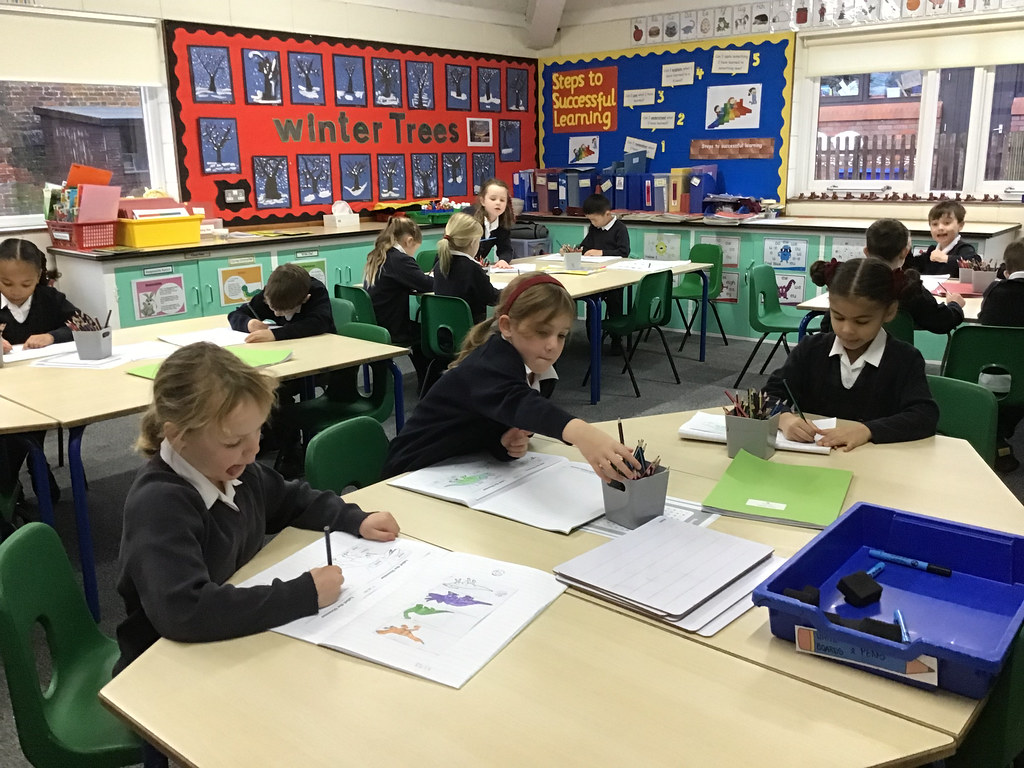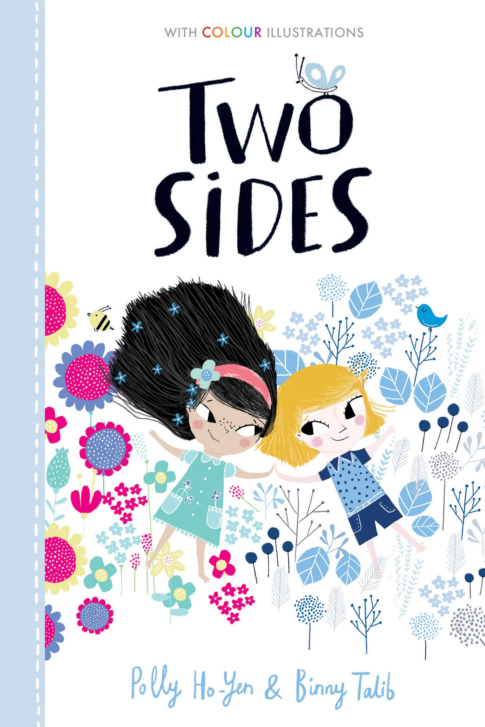JUNIOR DEPARTMENT NEWS
Message from Mrs McIntosh
‘Maths is all about becoming a creative thinker not a calculator.’
As promised in last week’s newsletter, today I am continuing my mini-series about Maths.
So, what does my child learn in Maths at school?
The curriculum nowadays has a strong focus on numbers and the number system. The children will learn:
- Counting forwards and backwards from different starting points;
- Reading and writing numbers in both numerals and words;
- Representing numbers in different ways and with a wide range of concrete manipulatives;
- Comparing numbers – more/less and using the inequality symbols (< and >);
- Number patterns – odd and even, counting in steps of different sizes;
- Place value – what is each digit in the number worth?;
- Addition and subtraction;
- Multiplication and division (from Year 1);
- Fractions.
As pupils move through the Junior Department, the numbers they are working with increase steadily as well as the complexity of what they do with these numbers. I have shown the progression below.
| Michaelmas | Lent | Summer | |
| Reception | Up to 5 | 5-10 | 10-20 |
| Year 1 | Numbers to 10 | Numbers to 20 then 50 | Numbers to 100 |
| Year 2 | Numbers to 20 then 100 | Numbers to 100 | Numbers to 100 |
These may seem quite simple to you as parents, ‘My child could count to 100 before they started school!’, but the depth of understanding that we are working on with the children really stretches and challenges their thinking.
Here are some examples:
Reception:

Year 1
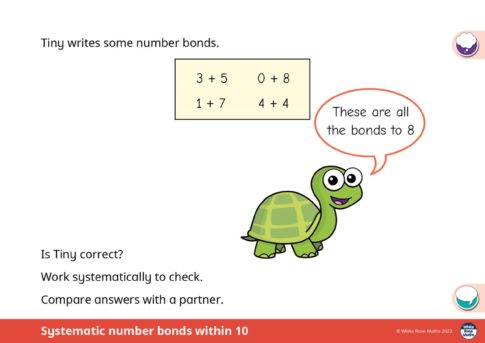
Year 2

These challenges require far more flexibility of thought and a strong mathematical understanding including working systematically. By deliberately keeping the numbers smaller the children grow in confidence in working in this way and develop a really deep understanding of how numbers work and understand why rather than just how.
The full scheme of work is available to parents on the White Rose website so if you want to find out more then do go and have a read.
What can we do at home to help?
- Talk about numbers in lots of different ways and notice them around you;
- Count forwards and backwards from different starting points (in the car is great!) and in different size steps (2s, 5s 10s);
- Use practical things at home to show numbers in lots of different ways – build me a tower of 5 lego bricks, lay out 5 spoons, show me 13 pieces of pasta (how could we group these to make it easier to count?);
- Work on subitising (being able to say how many things there are without counting) to 6 at least – dice patterns are good for this as a starting point;
- Learn number bonds to 10 by heart e.g. doubles and halves, all the pairs of numbers that make 10. Use apps like Numbots or Hit the Button to practise this regularly;
- Talk about days of the week, months of the year and help them to learn to tell the time;
- When you are doing some addition or subtraction ask the simple question ‘What else do we know?’ e.g. if they have done 2 + 5 = 7, they can begin to see that 5 + 2 = 7 or 7 – 2 = 5 or even 2 + 15 =17 or 20 + 50 = 70. Making connections like this is so powerful in enhancing their mathematical understanding.
On Thursday 2 February we will be having a Maths’ Day in the Junior Department. The other subjects will take a back seat for the day and the children will be fully immersed in some of the other aspects of the Maths curriculum: shape, measures and money. We hope that it will be a real celebration of how fun Maths can be and that the children will come home buzzing with excitement.
Have a lovely number-filled weekend,
Mrs McIntosh
Head of Junior Department

 ">
">
